Last week, The New Yorker published a heavily-researched essay by Namwali Serpell in its Culture Desk section. Titled “The Zambian ‘Afronaut’ Who Wanted To Join the Space Race,” it is a revealing profile of Edward Mukuka Nkoloso who, as Zambia gained independence from Britain in 1964 at the height of the Cold War, launched, with twelve teenagers, “a space program to beat the U.S. and the Soviet Union to the moon.”
The essay begins with a 1964 Time magazine article on Zambia’s first president Kenneth Kaunda. In the article’s closing paragraph, Mr Nkoloso is referred to as “a grade-school science teacher and the director of Zambia’s National Academy of Science, Space Research and Philosophy,” who “is training twelve Zambian astronauts, including a curvaceous 16-year-old girl, by spinning them around a tree in an oil drum and teaching them to walk on their hands, ‘the only way humans can walk on the moon.’” Within the international community, Nkoloso’s program to “plant Zambia’s flag on the moon” was received with curiosity, indulgence even.
His team of astronauts included twenty-one-year-old Godfrey Mwango who “had been tasked with the moon landing,” sixteen-year-old Matha Mwamba who “was headed for Mars,” and his own dog, “Cyclops, was to follow in the paw prints of Russian ‘muttnik’ Laika,” alongside the rest who “carried a Zambian flag and a staff in the shape of ‘a crested eagle on a dinner plate atop a sawn-off broomstick.’”
Nkoloso said he had been inspired by his first airplane flight. When the pilot refused to stop the plane so that he could get out and walk on the clouds, Nkoloso made up his mind to enter the space race.
To fund this program of “tonal ambiguity,” Nkoloso requested “large sums of money, ranging from twenty million to two billion dollars…from Israel, Russia, the U.S., the United Arab Republic, and UNESCO,” and in turn received “piles of letters from foreign well-wishers containing plenty of advice—but no money beyond a 10-rupee note sent by a space-minded Indian schoolboy.”
Namwali’s 4,900-word work is multi-referential. In addition to 1960s newspaper articles, and books, she consulted photographic recreations, a short film, and a YouTube documentary footage.
I first encountered Nkoloso in a work of art that tries to imagine a different outcome. My friend sent me a link to Frances Bodomo’s short film “Afronauts” (2014). In the film, set on the night of the Apollo 11 moon launch, “a group of exiles in the Zambian desert are rushing to launch their rocket first.” It is just one of several works of art inspired by the Zambian Space Program that have emerged over the last five years, as part of the recent resurgence of interest in black science and science fiction (the film “Hidden Figures,” Janelle Monáe’s music). In 2012, Cristina de Middel made a series of surreal photographic re-creations of Nkoloso’s space program. In the photos, models in raffia skirts and Afro-patterned space suits meander across a desert fitted with rusted machinery and impassive elephants. Projects like this present Nkoloso as an eccentric visionary—an early pioneer of Afrofuturism, a term Mark Dery coined in 1992 to describe the nexus of black art and technoculture. Dreamy and speculative, they are a little flexible with facts. (There are no deserts in Zambia.)
You can still watch documentary footage from 1964 of Nkoloso and his team training in Zambia on YouTube. A group of young men and women, dressed unassumingly and mostly barefoot, jump up and down, clapping their hands in front of a banner reading “ZAMBIA SPACE ACADEMY.”
She also interviewed Nkoloso’s son, Mukuka Nkoloso, Jr.
A jolly, voluble man of seventy, Mukuka was wary—“they write false stories about my father, they don’t tell the truth”—but keen to set the record straight.
Mukuka painted a fierce portrait of the cult of personality that sprang up around his father as a freedom fighter. Nkoloso wore a blood-red robe and long dreadlocks as emblems of mourning for those slain under colonial rule. His followers compared him to Jesus, “who never cut his hair when he was preaching,” to John the Baptist, to Elijah.
A “well-educated” man with “a flair for rhetoric,” Nkoloso was born in 1919, tutored in Theology, Latin and French, had been drafted to fight in World War II in Abyssinia and Burma, and then returned to trouble the Northern Rhodesian colonial authorities.
Serpell’s research further took her to the National Archives of Zambia in 2015.
The typed notes, held together with rusty staples, reveal a young Nkoloso eager to promote his progressive ideas and showcase his education. He spoke against raising the Native Tax and asserted that the colonial federation protected “the interests of the white people” while Africans remained “drawers of water and labourers.” He advocated for a maternity clinic, a welfare hall, and an industrial and technical college that would lead to “equal pay for equal work.”
And to the office of Zambia’s first president, then 92-year-old Kaunda.
Kaunda…was dignified and sharp, if a little hard of hearing. Nkoloso had been “quite politically active when we were fighting for independence,” he said, and “a useful servant to the nation.” When I mentioned the space program, Kaunda laughed. “It wasn’t a real thing,” he said. “He wasn’t a scientist, as such. But he used to do some—I can’t say ‘funny things,’ but many people enjoyed themselves in what he was talking about . . . It was more for fun than anything else.”
But Namwali does more than merely compile the facts around this “engaging if somewhat insane man” who has been labeled “an amiable lunatic,” “a court jester” and “Zambia’s village idiot,” and who “is most famous in Zambia as a revolutionary.” She questions the near-unanimous questioning of Nkoloso’s eccentric idealism, pointing out how—with letters containing such lines as “We have been studying the planet through telescopes at our headquarters and are now certain Mars is populated by primitive natives”—his space program could be a parody of both colonialism and the Cold War.
Perhaps the question is not whether the Zambian Space Program was satirical but why so few have imagined that it could be. Zambian irony is very subtle. “We don’t have a yes and a no,” a painter observed to me on a visit to Zambia last year for an artists’ workshop. “We have two yeses, and one of them means no.” The study of the history of black culture is full of theories about doubled or split identity, what W. E. B. Du Bois famously described as “the peculiar sensation” of “always looking at one’s self through the eyes of others, of measuring one’s soul by the tape of a world that looks on in amused contempt and pity.” Nkoloso seems to have possessed a comic version of this condition, the ironic dédoublement—the ability to split oneself—that Charles Baudelaire saw in the man who trips in the street and is already laughing at himself as he falls.
Namwali’s investment in this figure in Zambian history is something to take note of. In an email to Brittle Paper, she states that he will figure in her future work: talks and lectures, her forthcoming novel The Old Drift (Penguin Random House, 2018), and in a collaboration with Ghanaian filmmaker Frances Bodomo.
Read Namwali Serpell’s “The Zambian ‘Afronaut’ Who Wanted To Join the Space Race” in The New Yorker.
***
Post image via The New Yorker


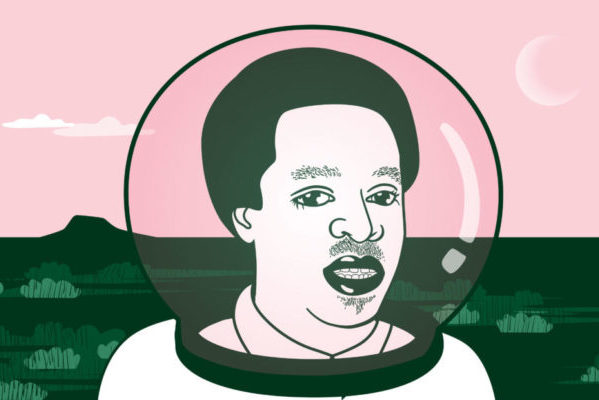

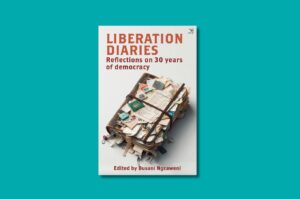
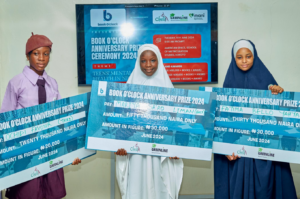
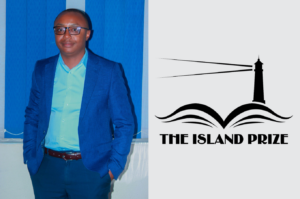
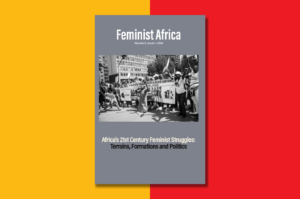


https://preply.com/ March 22, 2017 23:11
I feel you will find a tutor as part of your community I found mine thru ( https://preply.com/ ) at the same time I utilised (https://preply.com/) to find an internet based tutor. Take care